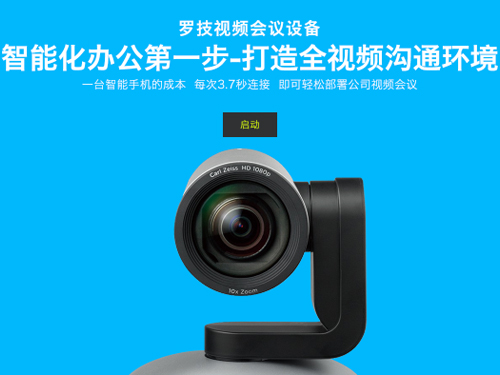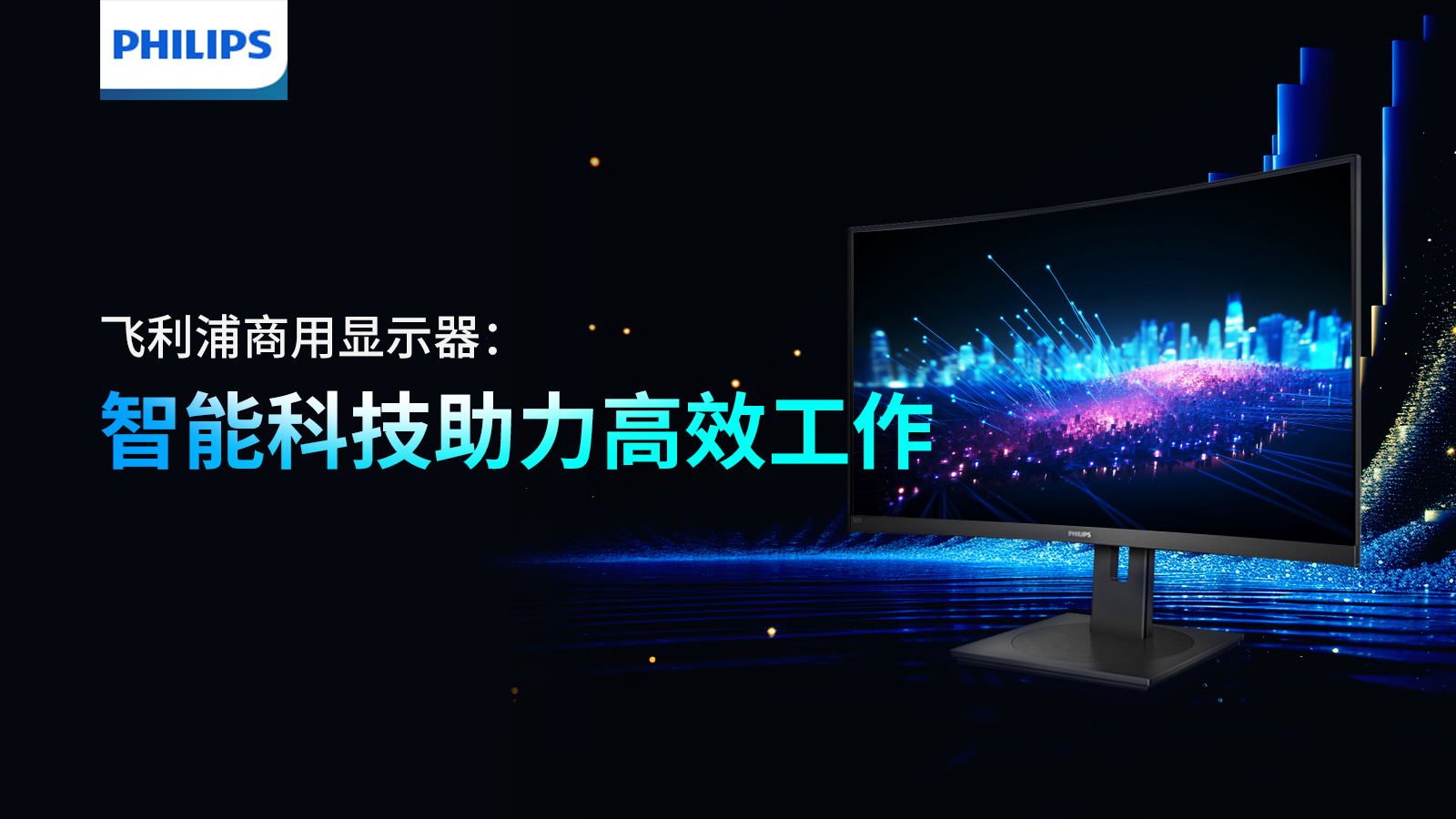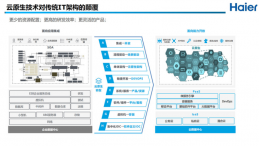Using donated videoconferencing technology, a charity is delivering advanced medical treatment virtually to sick children in developing countries.
Founded in 2000, Medical Missions for Children (MMFC) connects American specialist physicians with hospitals around the world to provide consultations to seriously ill children.
"I don't know what we'd do without videoconferencing," said Frank Brady, the founder and chairman of MMFC. "I spend three hours a day in meetings with different people in videoconferencing."
MMFC has built up its telemedicine program using donated equipment from Polycom, a vendor that specializes in video communications technology. Mostly the charity uses Polycom's VSX 7000e and VSX 7000s videoconferencing cabinets to connect doctors from dozens of North American hospitals to children and doctors in the developing world. MMFC has deployed these Polycom standard-definition units to hospitals in 84 developing countries. The charity connects to an average of 10 hospitals in each country via a private IP network to its network of consulting hospitals in the United States.
"One of the things that happens to children in an underserved country – if that child has an illness that local doctors do not have the expertise to treat -- that child is left in the hospital to die, which results in children staying a long time in hospitals," Brady said. "A two- or three-year hospital stay for a child is nothing in these countries. We're able to get specialists from the U.S. to consult with the attending physician in the hospitals in these other countries."
Doctors who are looking for specialized consultations through MMFC will email their patients' records. The charity then finds an appropriate specialist and arranges a consultation wherein the U.S. doctor meets with the foreign doctor and his patient through video. The doctor can then examine the child, zooming in and out and panning the camera for the best view. Local doctors can also attach medical equipment to the local Polycom videoconferencing cabinet so that the U.S. doctors can personally take blood pressure readings, EKGs and other diagnostics.
"The doctor gets a good read on the child," Brady said, "and it becomes a learning experience for the local doctor as well because these are medical consultations."[NextPage]
Recently, MMFC has started expanding into high-definition videoconferencing using donated Polycom HDX 8000 and HDX 9000 series equipment. Brady said he has connected his headquarters in St. Joseph's Children's Hospital in Patterson, N.J., with St. Jude's Children's Hospital in Memphis, Tenn., so that sick children on the east coast can receive consultations from cancer specialists at St. Jude's without having to travel to Memphis.
Brady said his charity will slowly expand its use of high-definition video technology, depending on the continued largesse of Polycom. It will soon connect its Patterson location to a hospital in Rio De Janeiro, Brazil. "I imagine over the coming years we'll be putting high definition into hospitals where we have enough bandwidth and cases to support it," he said.
Ron Emerson, Polycom's global director of healthcare technology, said high-definition video, even at low bandwidths, runs at 4CIF (Common Intermediate Format). This means that the resolution will be four times as high as standard-definition video. These products also provide high-definition audio and content sharing.
"In a clinical situation with a child, [high-definition audio] is important because you can pick up a slight slur. When you're looking at a multicultural situation, that's very important -- to be able to pick up consonants with an accent, high definition really makes a difference," Emerson said. "With the content-sharing ability, it's very important. In a lot of these cases [local doctors] have to be able to show the provider [in the United States] what an actual medical image looks like. So if someone has to be able to show other providers in a multidisciplinary team setting what a CT scan looks like, to be able to show them a high-definition scan that's run through high-definition technology makes a big difference."
Brady said doctors who have been connected by high definition between the two U.S. hospitals have reported that they can see tumors more clearly using high-definition equipment than they would with the naked eye.
Brady, who founded the charity with his wife in 2000 as a post-retirement venture, has been partnered with Polycom almost from the beginning. He bought the charity's first videoconferencing products early on, but Polycom soon got wind of what the charity was trying to achieve. In the years since, Polycom has donated new equipment to MMFC and also encourages its customers to donate used equipment to the charity when they upgrade.
"Polycom took a gamble on a couple of retired people," Brady said. "And it's really paid off."







































































































 京公網安備 11010502049343號
京公網安備 11010502049343號